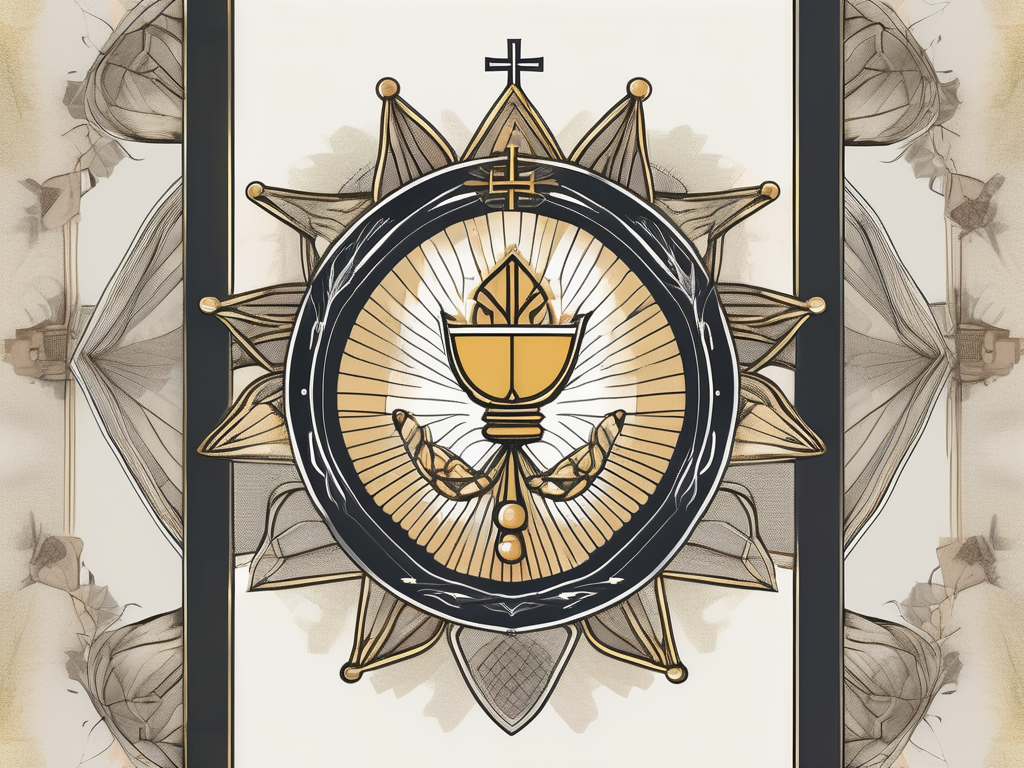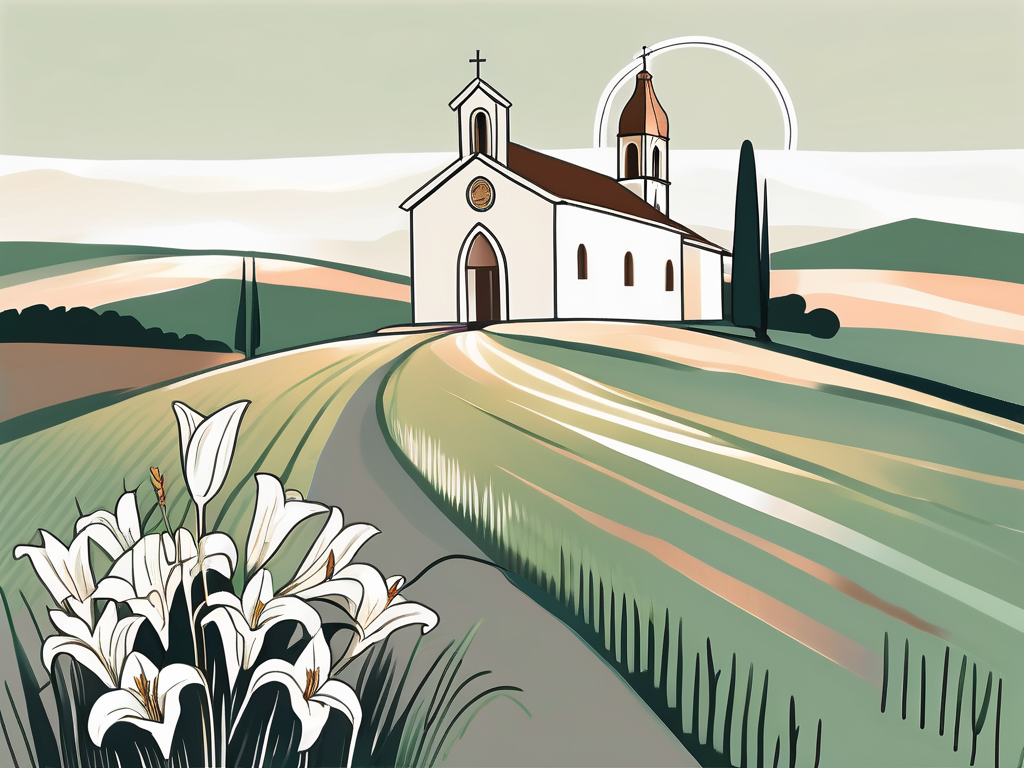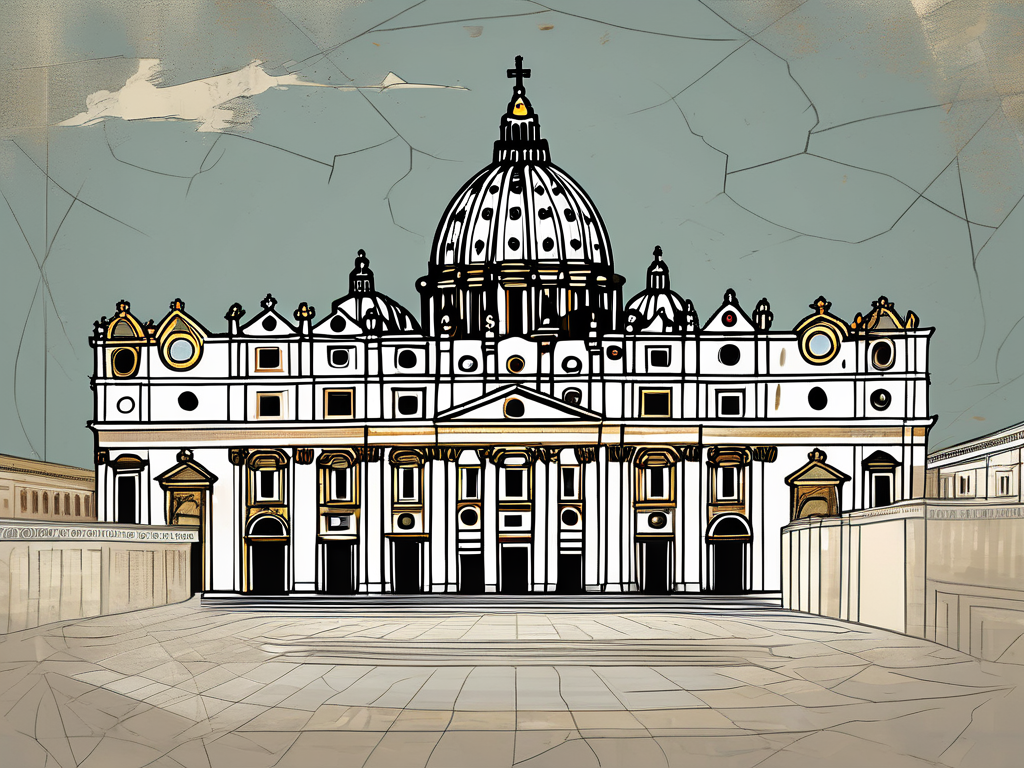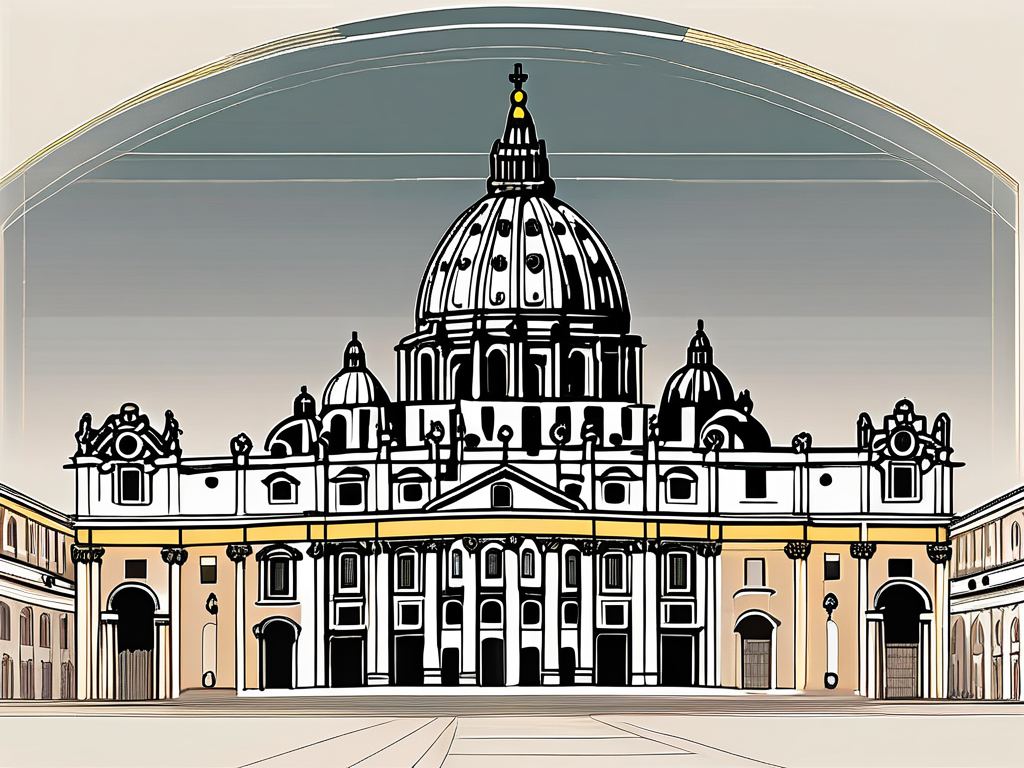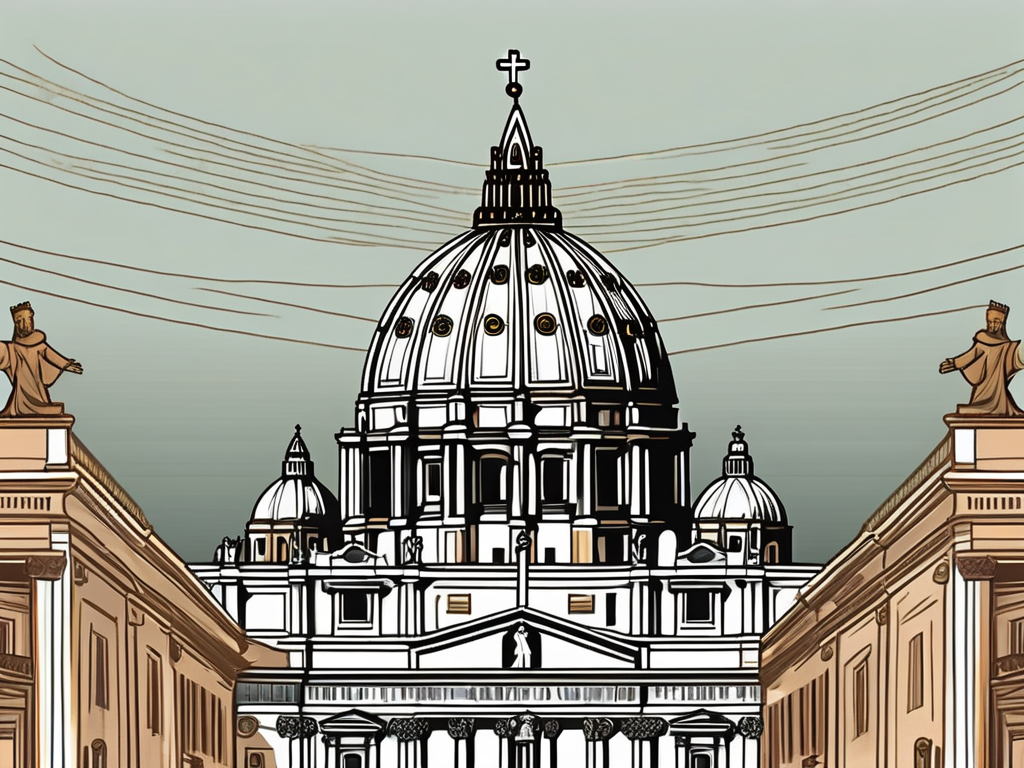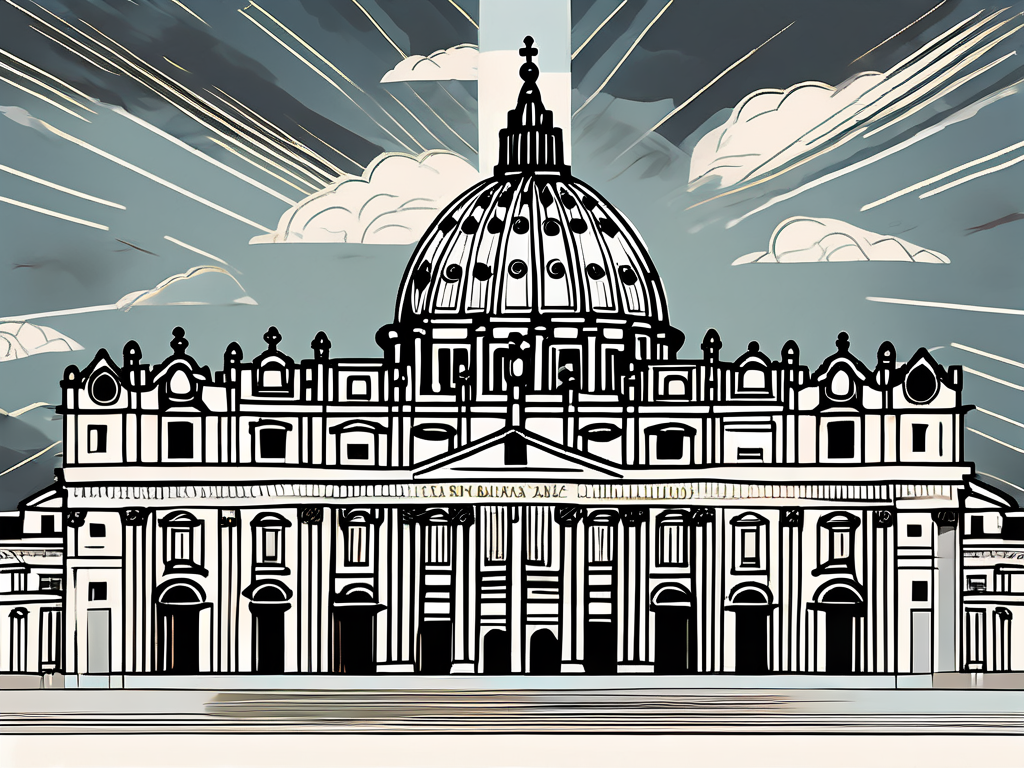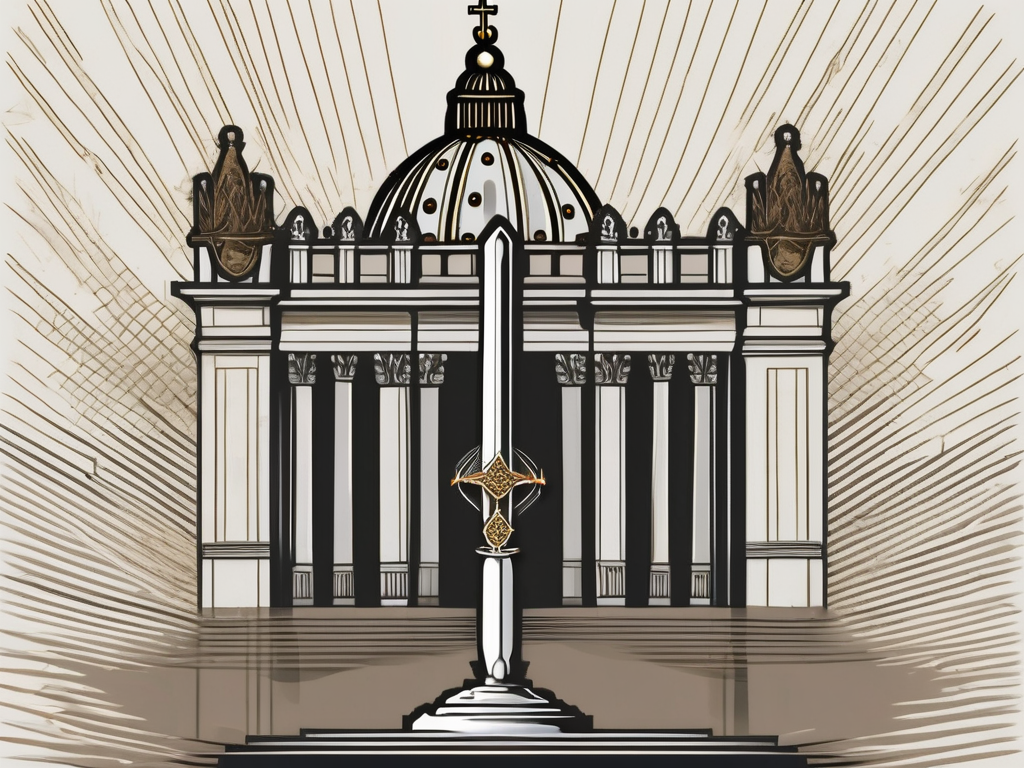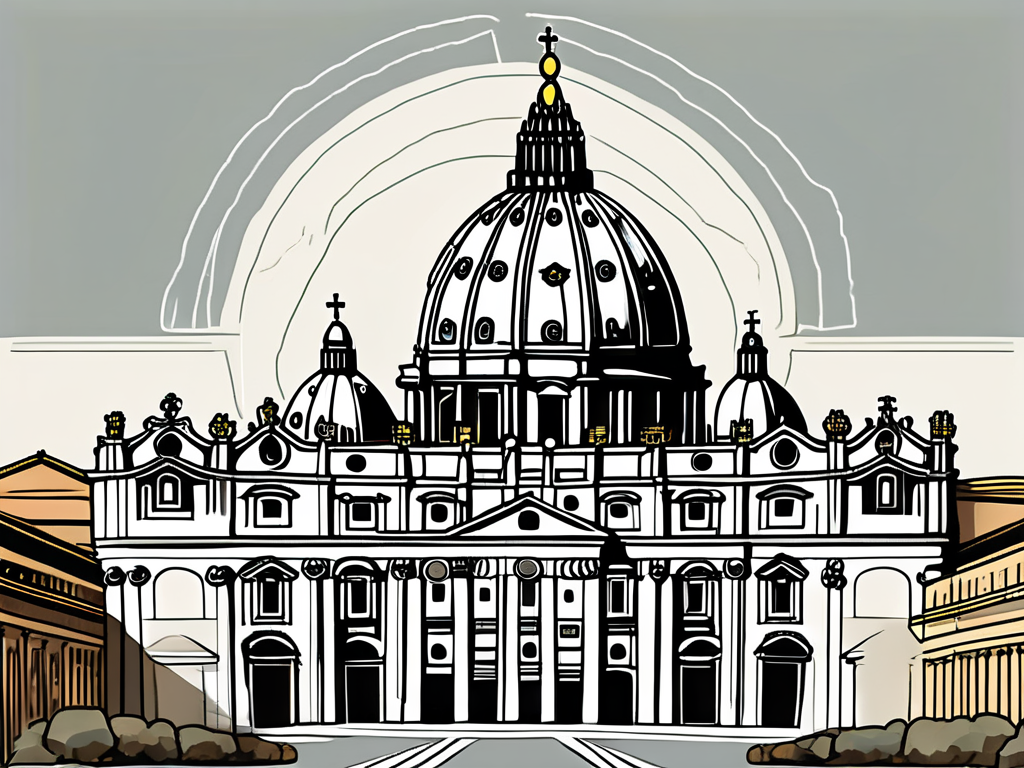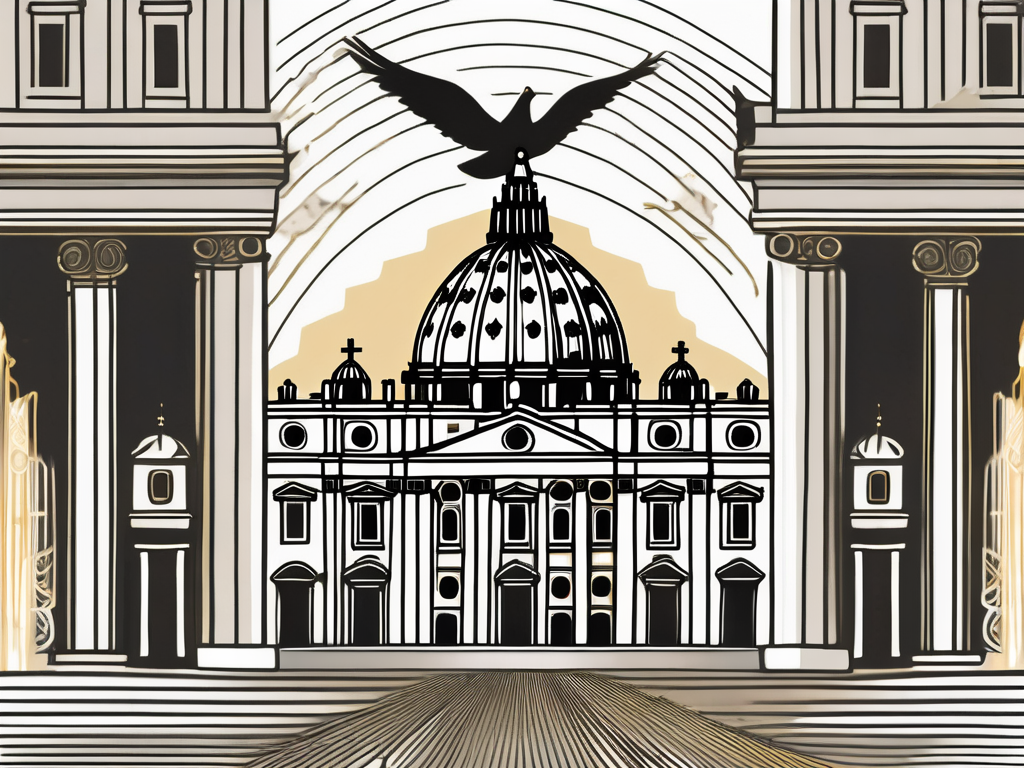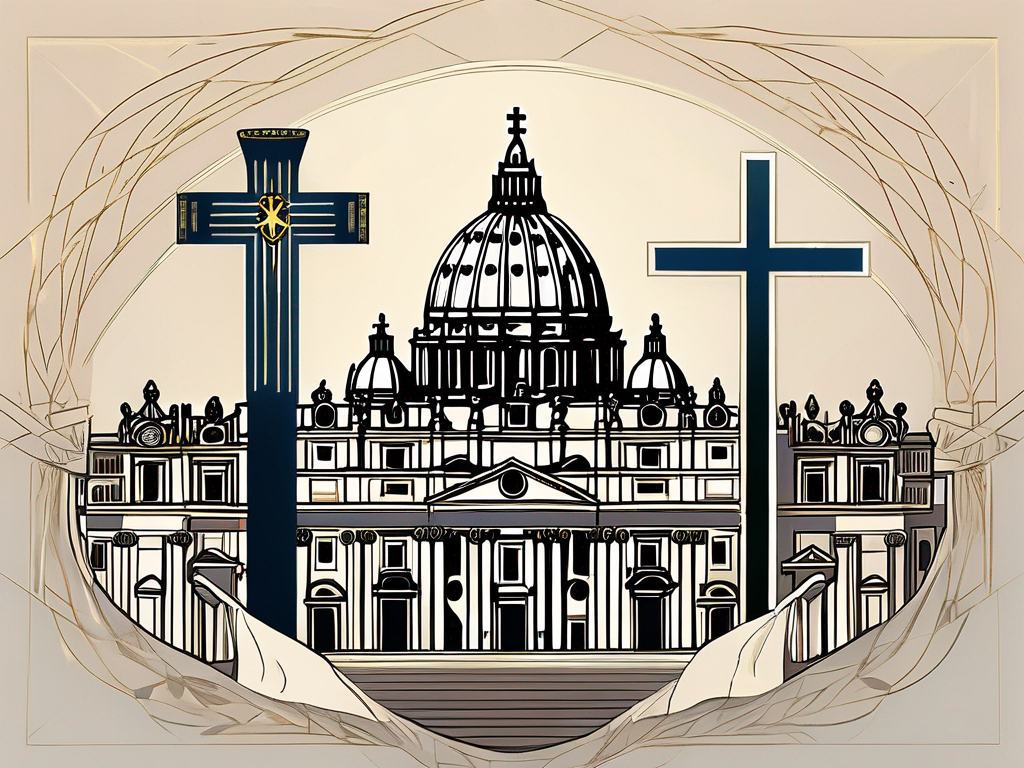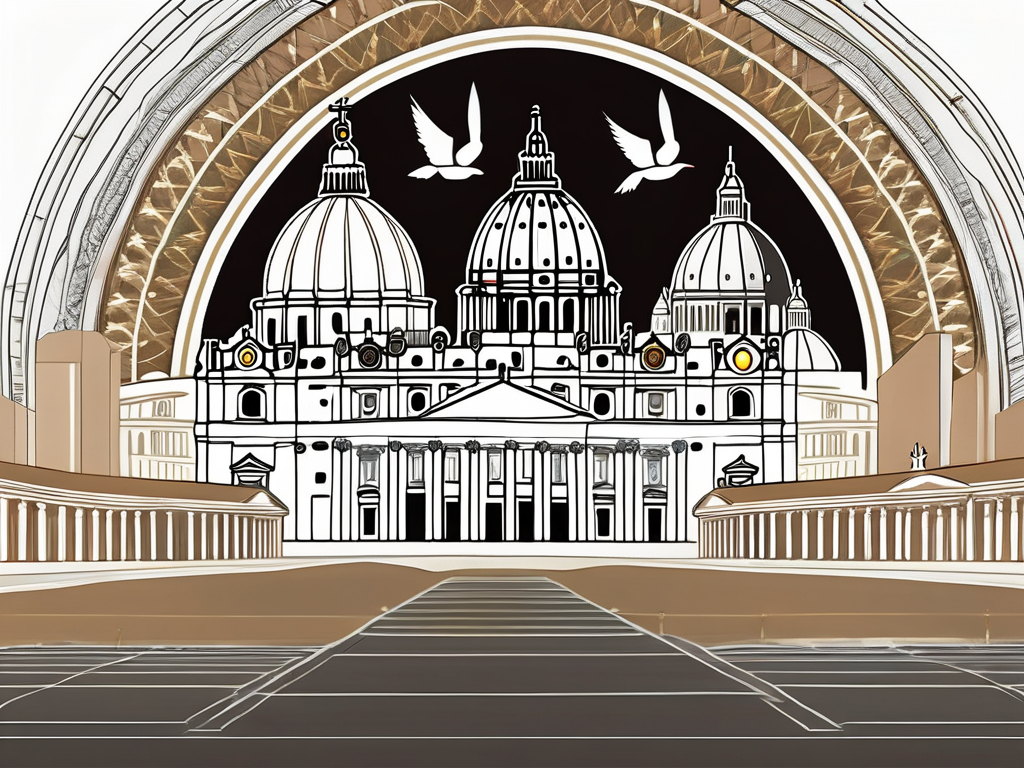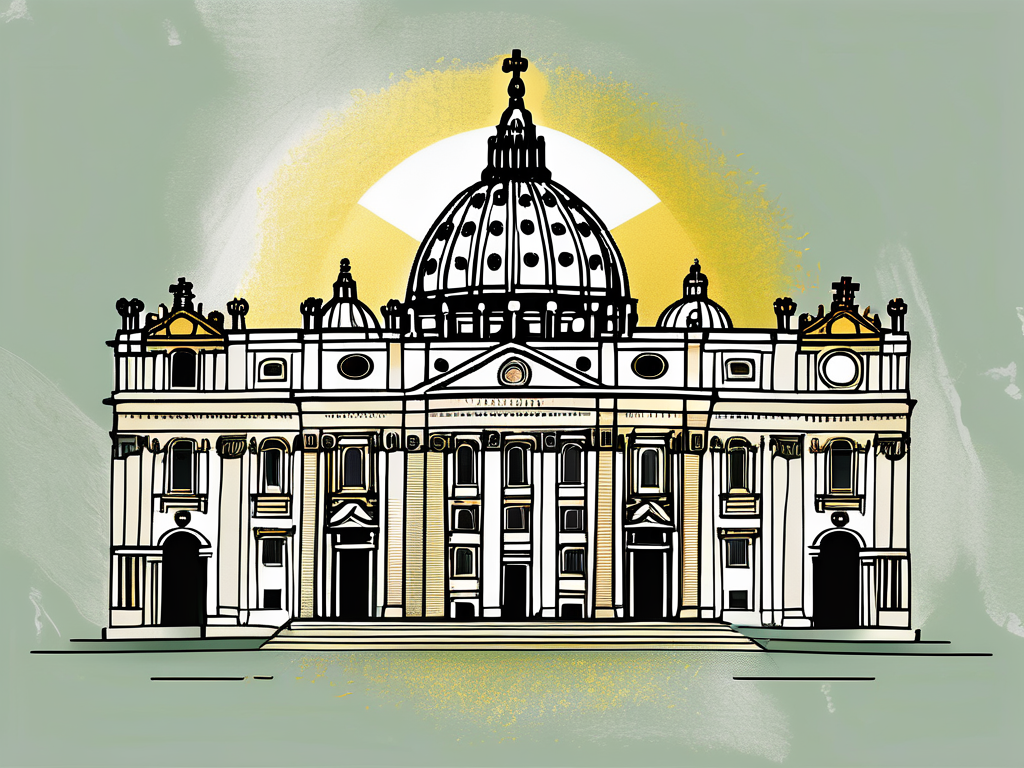Pope Julius III, a figure shrouded in controversy and political turmoil, left a lasting impact on the Catholic Church during his papacy from 1550 to 1555. From his early life and education to his contributions and controversies, this article delves into the extraordinary journey of Pope Julius III and examines his complex legacy.
Early Life and Education of Pope Julius III
Julius III, born as Giovanni Maria Ciocchi del Monte in Rome on September 10, 1487, came from a noble family with a rich lineage. His father, Roffredo del Monte, served as an influential senator, providing young Giovanni with a privileged upbringing.
Educated in humanistic studies, Julius III developed a deep appreciation for the arts, literature, and culture. These early influences played a significant role in shaping his later decisions as Pope, particularly when it came to fostering a renaissance of art and architecture within the Catholic Church.
As a young boy, Julius III would often accompany his father to political gatherings and social events, where he was exposed to the intricacies of diplomacy and governance. This exposure to the world of politics sparked his interest in public service and instilled in him a sense of responsibility towards his community.
Julius III’s passion for learning led him to pursue a comprehensive education. He studied under renowned scholars of the time, immersing himself in subjects such as philosophy, theology, and classical literature. His thirst for knowledge was insatiable, and he constantly sought out new sources of information to expand his understanding of the world.
During his studies, Julius III developed a particular fascination with the works of ancient Greek and Roman philosophers. He found solace in the teachings of Plato and Aristotle, whose ideas on ethics and governance deeply influenced his own worldview.
As he grew older, Julius III’s love for the arts blossomed. He spent countless hours exploring the galleries of Rome, marveling at the masterpieces created by renowned painters and sculptors. This exposure to artistic brilliance ignited a desire within him to promote the arts and preserve the cultural heritage of his beloved city.
Upon ascending to the papacy, Julius III wasted no time in implementing his vision for a renaissance of art and architecture. He commissioned renowned artists to create breathtaking frescoes and sculptures, transforming the Vatican into a hub of artistic excellence.
Furthermore, Julius III was a patron of scholars and intellectuals, providing them with the resources and support they needed to pursue their research and contribute to the advancement of knowledge. His patronage extended to the establishment of libraries and academies, ensuring that future generations would have access to the wisdom of the past.
Throughout his life, Julius III remained committed to the pursuit of knowledge, the promotion of culture, and the betterment of society. His early experiences and education laid the foundation for his transformative papacy, leaving an indelible mark on the Catholic Church and the world of art.
Ascension to Papacy
In 1550, the College of Cardinals elected Julius III as the 221st Pope. His papal inauguration marked the beginning of a turbulent period filled with political disputes and personal scandals that would come to define his controversial reign.
Election and Papal Inauguration
As the white smoke rose from the Sistine Chapel, signaling the election of a new Pope, the world turned its attention to the man who would become Julius III. Adorned in ceremonial regalia and surrounded by a crowd of believers, Pope Julius III delivered his inaugural address, outlining his vision for the Church and its role in society.
With charisma and determination, Julius III pledged to build bridges between the Catholic Church and the secular world, seeking to forge alliances and establish peace during a time of deep religious division.
The crowd listened intently, their eyes fixed on the newly elected Pope. They were eager to see how he would navigate the treacherous waters of politics and lead the Church through the challenges that lay ahead.
As the applause subsided, Pope Julius III raised his hand in blessing, a symbol of his authority and divine mandate. The weight of his new role settled upon his shoulders, and he knew that the decisions he would make in the coming years would shape the course of the Catholic Church.
Key Decisions and Actions as Pope
During his papacy, Pope Julius III implemented various reforms and policies aimed at strengthening the Catholic Church and reinforcing its central authority.
One notable reform was the establishment of the first Jesuit seminary, promoting education and fostering a new generation of priests committed to the Church’s teachings. This initiative, along with other educational reforms, aimed to ensure the proper training of clergy members, ultimately benefiting the Catholic community.
Recognizing the power of art to inspire and uplift, Pope Julius III embraced the Renaissance spirit and became a patron of the arts. He commissioned renowned artists to create magnificent works that adorned churches and religious institutions, transforming them into spaces of beauty and devotion.
Artists such as Michelangelo, Raphael, and Bernini were summoned to Rome, their talents harnessed to glorify the Catholic faith. Their masterpieces, from breathtaking frescoes to awe-inspiring sculptures, became symbols of the Church’s enduring influence and power.
With each stroke of the brush and chisel, the artists captured the essence of the divine, bringing to life the stories of saints and martyrs. These works of art not only enriched the spiritual experience of worshippers but also served as a testament to the Church’s commitment to the arts and culture.
Amidst the political disputes and personal scandals that marred his reign, Pope Julius III’s dedication to the Church’s mission remained steadfast. He sought to strengthen the Catholic Church from within, nurturing a new generation of clergy and using the power of art to inspire devotion and reverence.
As Pope Julius III’s papacy unfolded, the world watched with both admiration and skepticism, eager to see how the controversial pontiff would shape the future of the Catholic Church and leave his mark on history.
Contributions to the Catholic Church
Beyond his administrative actions, Pope Julius III made significant contributions to the Catholic Church through his reforms, policies, and encouragement of artistic endeavors. His visionary leadership and dedication to the Church’s growth and cultural enrichment left a lasting impact on both the religious and artistic realms.
Reforms and Policies
Recognizing the need for internal reforms, Pope Julius III initiated the Council of Trent, a groundbreaking ecumenical council that addressed the issues raised by the Protestant Reformation. The council brought together church leaders from all over Europe to discuss matters of doctrine, discipline, and morality, solidifying the Church’s doctrines and reaffirming its teachings. Through this council, the Catholic Church regained its unity and strength, providing a solid foundation for future generations.
In addition to his efforts in reforming the Church’s teachings, Julius III also focused on strengthening the papal states. He invested in infrastructure, improving roads, bridges, and public buildings, which not only enhanced the lives of the people but also showcased the Church’s commitment to the well-being of its subjects. Furthermore, he expanded the military capabilities of the papal states, ensuring their security and further cementing the Church’s political influence and territorial stability.
Influence on Art and Culture
An avid lover of art and culture, Pope Julius III surrounded himself with renowned artists such as Michelangelo and Raphael, whose masterpieces continue to captivate audiences to this day. Their artistic genius, combined with Julius III’s patronage, resulted in a flourishing Renaissance within the Church. Breathtaking frescoes adorned the walls and ceilings of Rome’s most sacred spaces, creating an atmosphere of divine beauty and inspiration.
Moreover, Julius III’s impact on art extended beyond visual aesthetics. He recognized the power of music in elevating religious experiences and encouraged the composition of sacred music. Under his guidance, the Church’s liturgical traditions were invigorated, with majestic hymns and chants filling the sacred spaces. This harmonious blend of artistic expression and religious devotion enriched the spiritual lives of the faithful, creating a profound connection between the human and the divine.
In conclusion, Pope Julius III’s contributions to the Catholic Church were multifaceted and far-reaching. Through his reforms and policies, he solidified the Church’s teachings and strengthened its political influence. Simultaneously, his patronage of the arts and support for artistic endeavors brought about a cultural renaissance within the Church, leaving a lasting legacy of beauty and inspiration. Pope Julius III’s profound impact on both the religious and artistic realms continues to be celebrated and appreciated to this day.
Controversies and Challenges
However, amidst his contributions, Pope Julius III faced numerous controversies and challenges that remain the subject of historical debate.
Political Disputes and Conflicts
Julius III confronted political tensions arising from the complex power dynamics between the papacy and the European monarchies. These disputes often placed him at odds with influential leaders of the time, testing his diplomatic skills and resolve.
Furthermore, the Pope’s approach to political matters, at times driven by personal motives rather than the interests of the Church, attracted criticism and fueled discord within the Catholic community.
Personal Scandals and Criticisms
Regrettably, Julius III’s personal life was marred by scandal and controversy. His relationship with Innocenzo Ciocchi Del Monte, a young man who became his close advisor and confidant, raised eyebrows and invited scrutiny from both clergy and laity alike. The perceived nepotism and favoritism associated with this relationship tarnished the Pope’s reputation and cast a shadow over his papacy.
Pope Julius III’s Legacy
Despite the controversies that surrounded his tenure, Pope Julius III left a lasting impact on the Catholic Church and subsequent popes.
Impact on Successive Popes and the Church
His efforts to reform the Church and reinforce its central authority set the stage for the Counter-Reformation, a movement that responded to the challenges posed by Protestantism. Subsequent popes built upon the foundations laid by Julius III, ensuring the longevity of these reforms.
Historical Interpretations and Modern Perspectives
Historians and scholars continue to debate the legacy of Pope Julius III. Some argue that his contributions to art, culture, and education outweigh the controversies surrounding his personal life. Others emphasize the negative impact of his political maneuverings and nepotistic tendencies.
Whatever the stance, one thing remains clear: Pope Julius III, a complex figure with a complex legacy, undeniably influenced the Catholic Church in profound ways that continue to shape its course even today.
